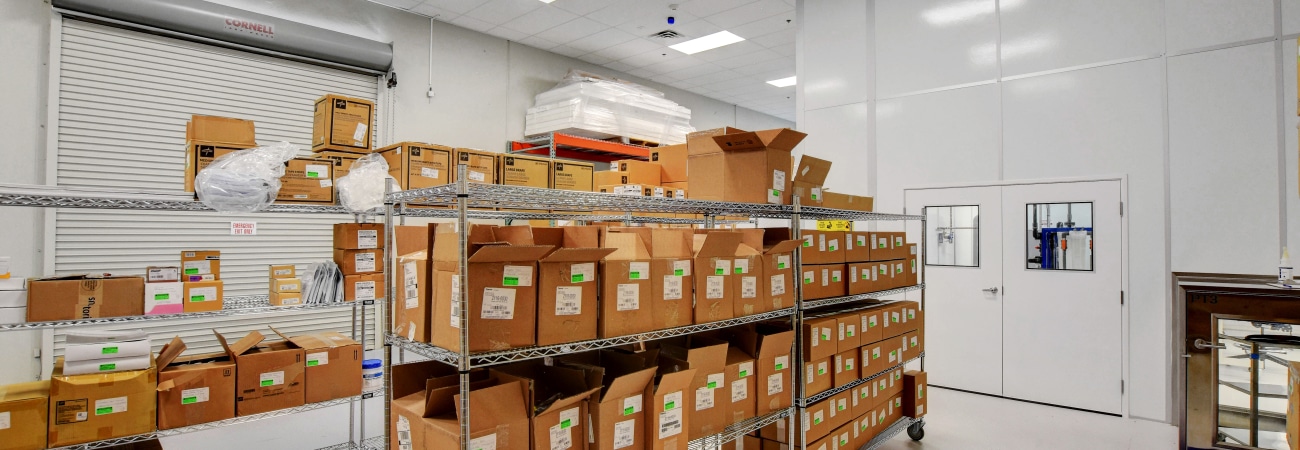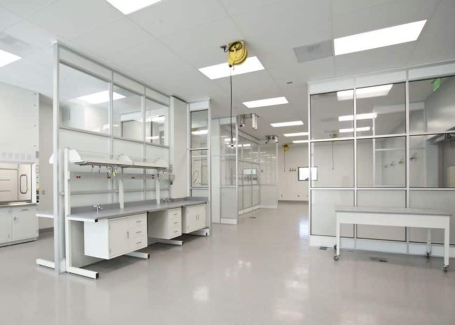Clean packaging rooms are the last line of defense in keeping products from contamination, at least until they reach consumer hands. These areas are typically less strict than the environments they were manufactured in, but still clean enough that no major issues with goods occur. Packaging rooms, especially clean ones, are used in industries such as pharmaceuticals, electronics, aerospace, and food processing. In this article we’ll go over what packaging rooms are, their importance, how they differ from other cleanrooms, and some of their applications.
What is a Packaging Room?
A packaging room is an area, typically within a cleanroom environment, where goods are packaged and sent off. They are designed to limit the size and number of particles, as well as control for temperature, humidity, airflow, and more, depending on the application. They use specialized equipment like heat sealers and vacuum packagers that meet cleanroom standards, meaning they are designed to operate without introducing additional contaminants.
Why are Packaging Rooms Important?
As we mentioned above, packaging rooms are designed to prevent the contamination of products. However, they are also necessary in meeting regulations, depending on the industry. For example, in pharmaceutical packaging rooms, strict adherence to ISO and CGMP standards may be obligatory. Product recalls can be costly, so it’s important for organizations to follow these regulations not only for the safety of consumers but also for their own benefit.
How are Packaging Rooms Different from Other Cleanrooms?
Packaging rooms have slightly different requirements that set them apart from other cleanrooms.
First of all, packaging rooms are typically classified under ISO standards, with ISO Class 7 and ISO Class 8 being the most common. For example, pharmaceutical packaging often occurs in an ISO Class 8 space, while semiconductor packaging, which involves wafers and electronic parts, might require an ISO Class 7 environment. In other words, packaging rooms usually have less strict airflow and filtration requirements than other clean spaces.
Where are Packaging Rooms Used?

Packaging rooms are important in many sectors, including:
- Pharmaceuticals: Used for packaging drugs and medical devices.
- Electronics: Used for assembling and packaging sensitive parts, such as microchips and circuit boards.
- Aerospace: Used for assembling and packaging important parts, such as satellite components, sensors, GPS systems, and more.
- Food Processing: This one may be obvious, but proper packaging extends the shelf life of many food products.
The Bottom Line
Clean packaging rooms are the final barrier against contamination before products reach consumers. Though these spaces are generally less strict than other manufacturing cleanrooms, they are still controlled to prevent any additional issues. It’s important for organizations that use cleanrooms to understand what packaging rooms are, their importance, and how they differ from other cleanrooms.






